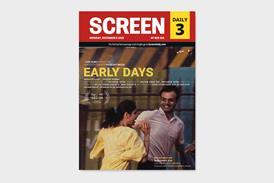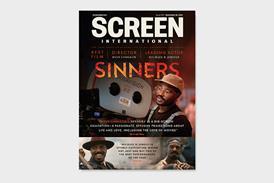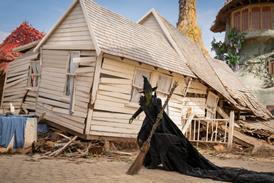Australian features were viewed 101m times locally in 2007-2009, but only 9% of the viewing was in cinemas.
The 100 homegrown features released theatrically in 2007, 2008 and 2009 were viewed 101 million times in Australia, according to new research, but only nine per cent of this consumption occurred in cinemas.
The majority of the time (61%) the films were watched on Blu-ray or DVD, while free-to-air and subscription television accounted for 16% and 10%, and online 4%. Only one in 20 of all the online viewings were paid for.
While filmmakers won’t like that audiences aren’t getting the big screen experience intended, they ought to be heartened that far more people are seeing their work than is reflected by theatrical grosses and other revenue-based indicators such as wholesale DVD sales.
“There is absolutely nothing wrong with Australians’ attitude to Australian films,” said Screen Australia chief executive Ruth Harley today when she presented the figures in Melbourne — she did the same in Sydney yesterday. Regularly, the media is critical about films not finding audiences and these results will be politically useful to the agency.
To keep pace with the explosion of distribution platforms, and to account for behaviours such as passing DVDs around to friends and family, Screen Australia and PriceWaterhouseCoopers invented a new audience measurement tool that included surveying 1,800 people and using the findings to generate multipliers.
Australia has a strong DVD market, in part because the cost of bandwidth is expensive, but it is faltering.
“If distributors and producers can take a slice from each rental return (through revenue sharing with online aggregators) they will be able to compensate lost revenue following the plummeting price for wholesale rental units over the last decade,” said Screen Australia’s assistant manager of strategy and research Matthew Hancock during the presentation.
After the presentation distributors, producers, broadcasters, aggregators and people from the advertising sector talked through some of the issues raised, including the lack of films available online legally.
The audience was also given a lot of statistics about all the different ways Australia’s 18.1 million people aged 14 years and above are consuming content, playing games and using social media. In general, income rose and age fell as more screens were added to a person’s diet. Females dominated all permutations except when it came to online video.
Some of this information was contained in a 20-page report and some in a pack of 32 cards. The majority of the cards each listed the habits of 20 different types of person, and the size of their demographic, while others each focused on a type of activity and tracked usage by age, gender and location (city or regional).
Screen Australia also provided information about the eight values that cinema advertising company Val Morgan applies to cinemagoers, ranging from the “young optimists” to the “conventional family life”.
It was generally agreed that filmmakers ought to know more about audiences not in order to design content around them but in order to market to them more effectively.
























No comments yet